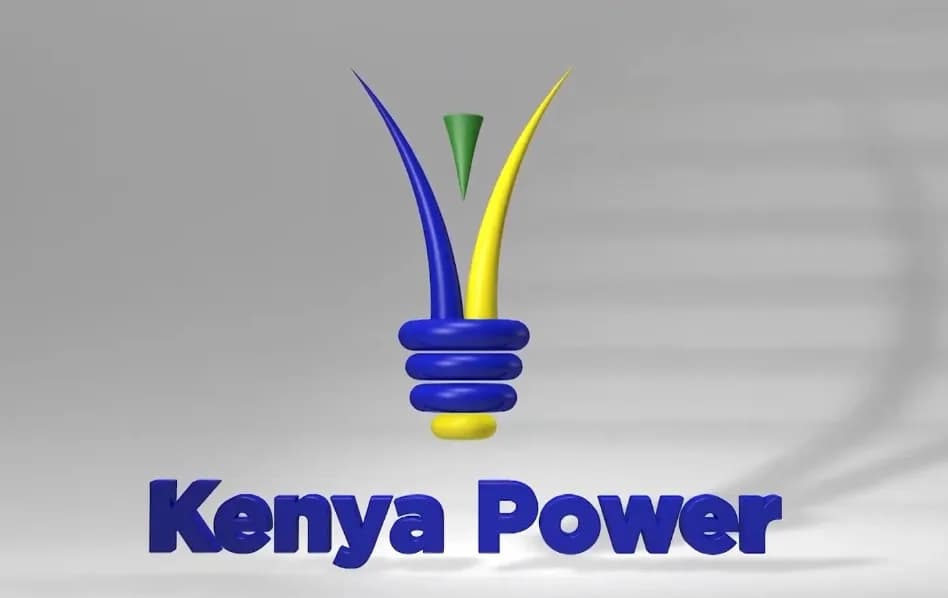Loading News Article...
We're loading the full news article for you. This includes the article content, images, author information, and related articles.
We're loading the full news article for you. This includes the article content, images, author information, and related articles.
An investigation into Kenya's regulated electricity pricing reveals how a tiered tariff system and fluctuating monthly levies are the primary reasons your token purchases yield different unit amounts, directly impacting household budgets.

Many Kenyan households have expressed confusion and frustration when the number of electricity units received from Kenya Power and Lighting Company (KPLC) varies despite making a purchase of the same cash amount. An investigation by Streamline News confirms this is not an error, but a direct result of the country's regulated, multi-layered electricity tariff structure set by the Energy & Petroleum Regulatory Authority (EPRA).
The system is designed with tiered categories for domestic consumers, meaning the price per unit—or kilowatt-hour (kWh)—changes based on the total amount of electricity consumed within a calendar month. This structure is intended to make essential electricity use more affordable for low-consumption households.
According to the latest tariff schedule approved by EPRA, domestic consumers are segmented into three primary bands based on their monthly consumption.
Kenya Power clarifies that a customer's tariff category is determined by their average consumption over three consecutive months, not just a single month's usage. This means that a temporary reduction in electricity use for one month might not immediately move a consumer to a lower, cheaper tariff band if their three-month average remains high.
Beyond the tiered consumption charges, several variable costs, often referred to as pass-through charges, significantly influence the final number of tokens a consumer receives. These charges are reviewed and gazetted by EPRA monthly and are passed directly from power producers to the consumer via KPLC.
As of the latest review for November 2025, EPRA announced several adjustments that increased the overall cost per unit. These key variables include:
On top of the base tariff and variable charges, all electricity purchases are subject to several statutory levies that are fixed as a percentage or a set rate:
The combination of the tiered tariff system and the monthly fluctuation of pass-through costs directly explains why a fixed amount of money, such as KSh 1,000, will not always yield the same number of electricity units. A purchase made when the Fuel Energy Charge is high will result in fewer units than when it is low. Similarly, a large purchase at the start of the month could push a low-consumption user into a more expensive tariff band for a portion of their units.
For low-to-medium electricity users, the most effective strategy to maximize units is to manage monthly consumption to remain within the 'Lifeline' tariff band (below 30 kWh) for as long as possible. This involves monitoring usage and making smaller, more frequent purchases that align with the monthly billing cycle, which resets at the beginning of each calendar month. For high-consumption households, the impact of this strategy is minimal as their usage will invariably place them in the higher, more expensive tariff bands.